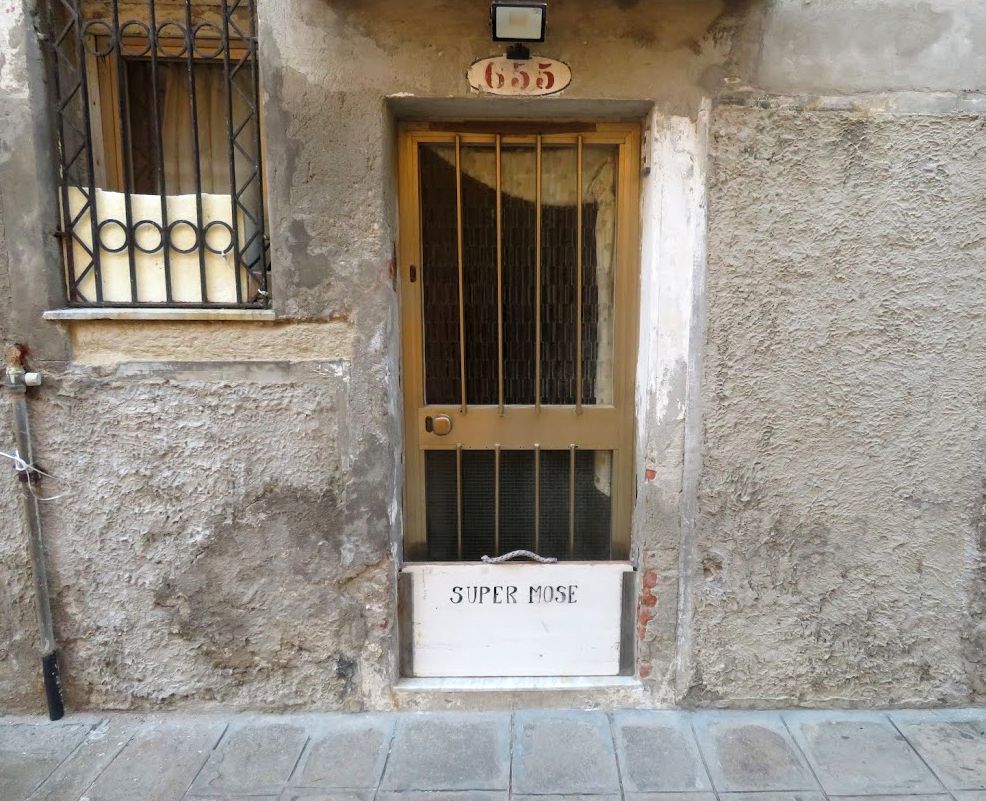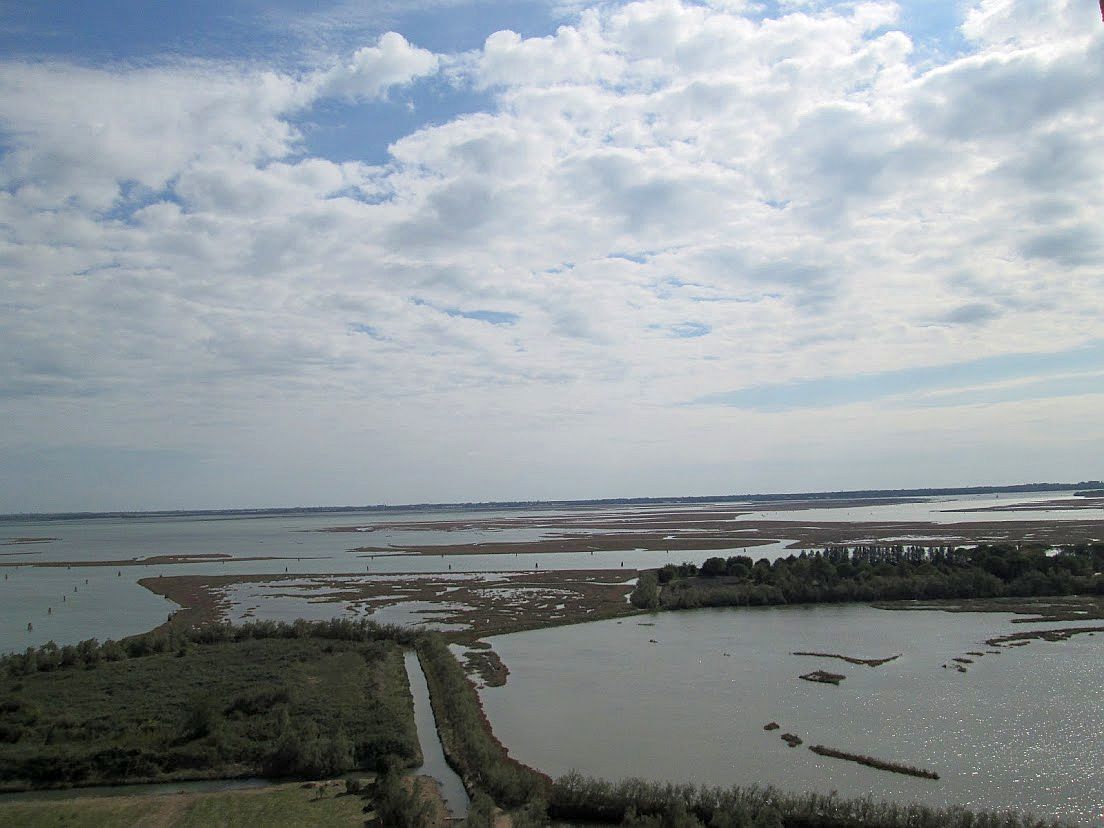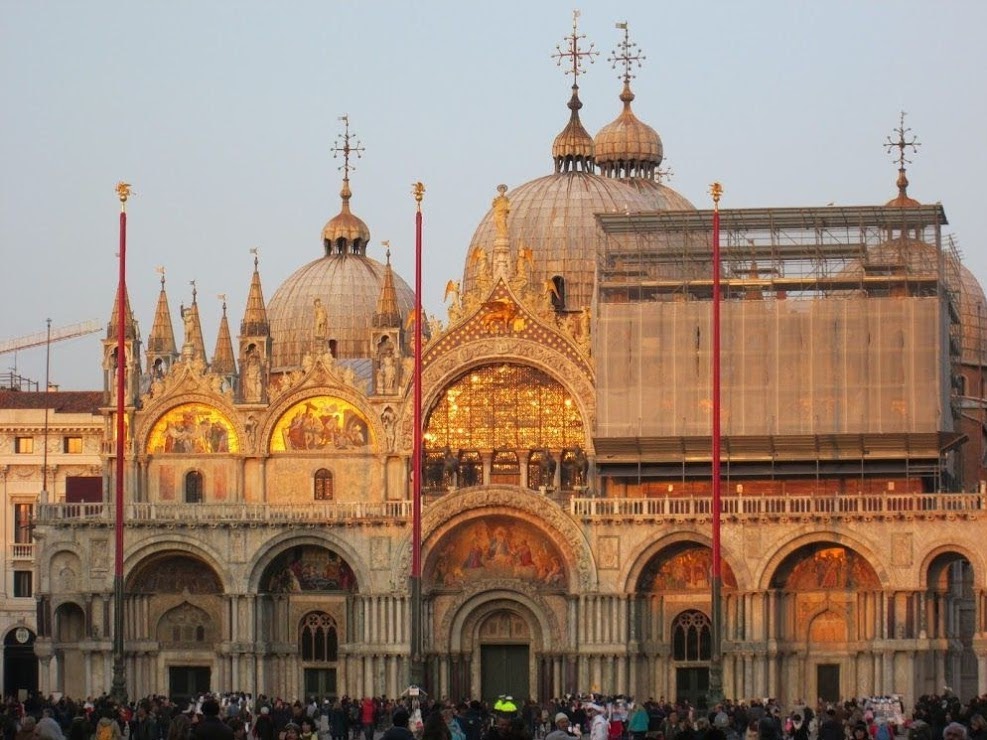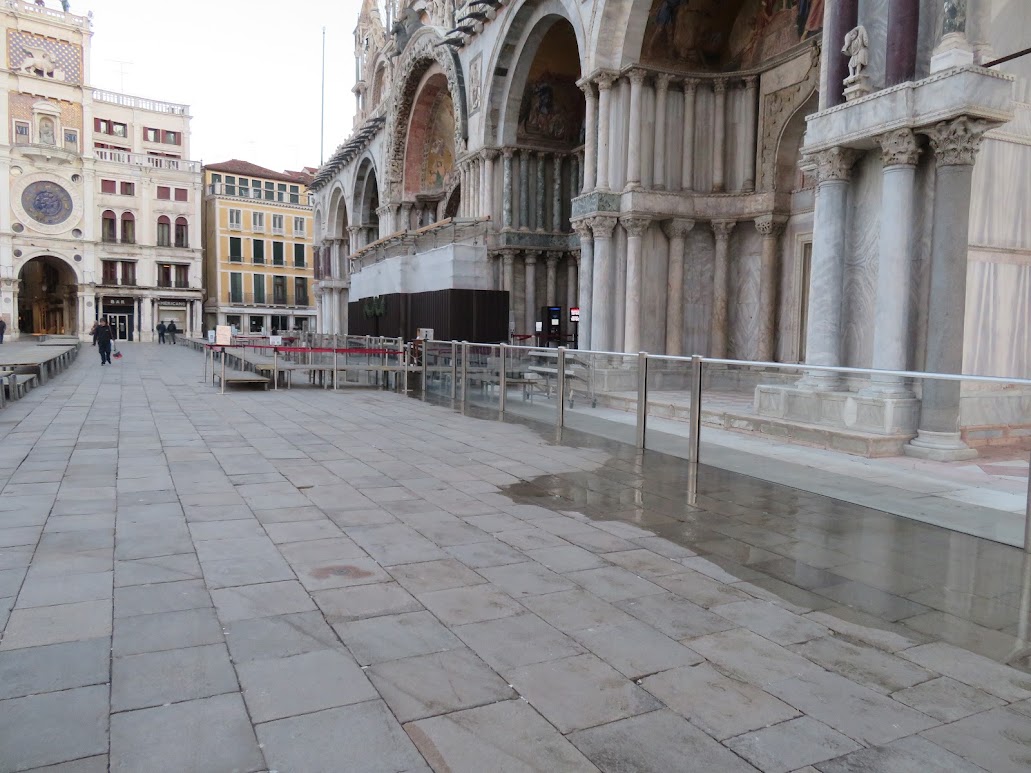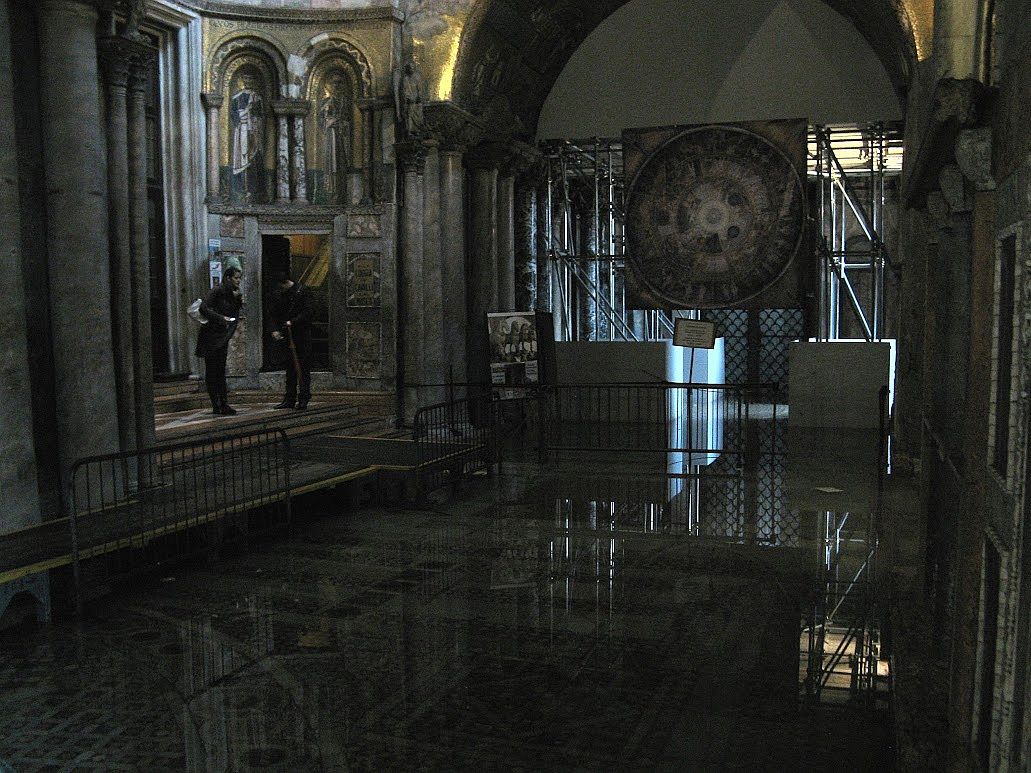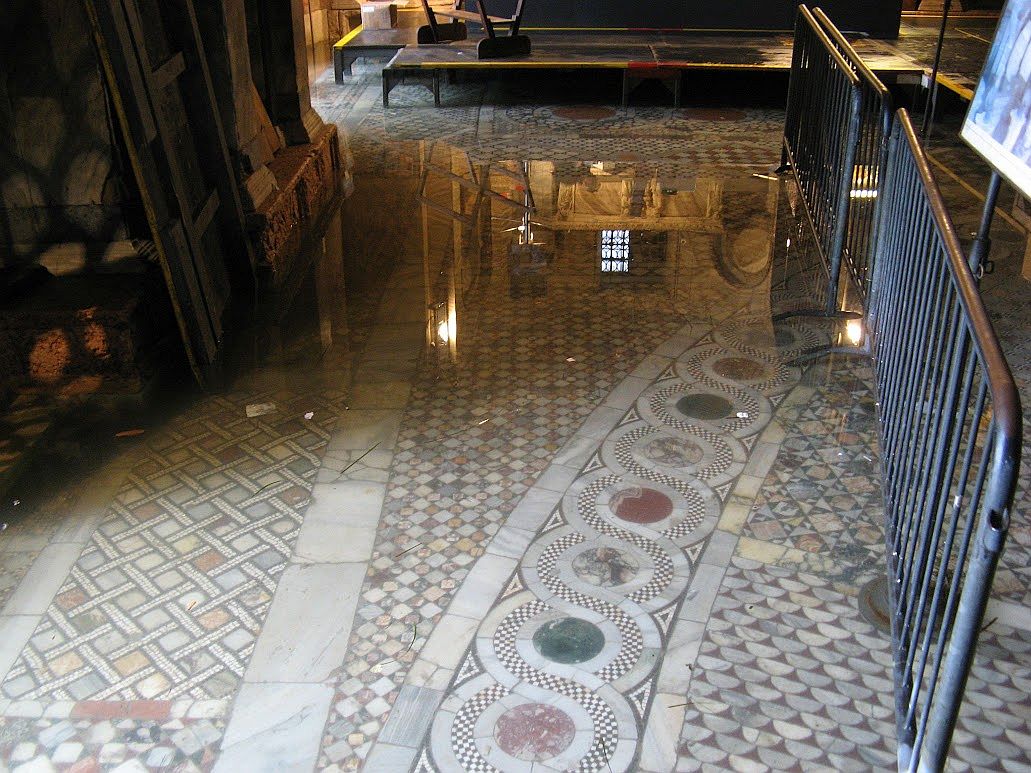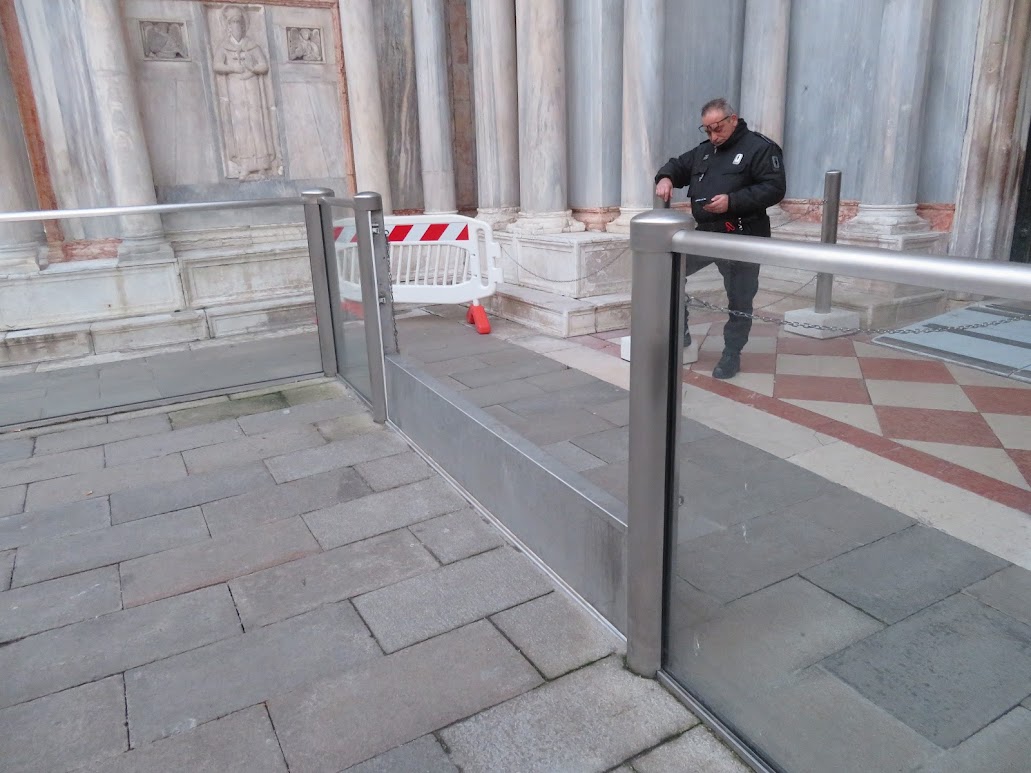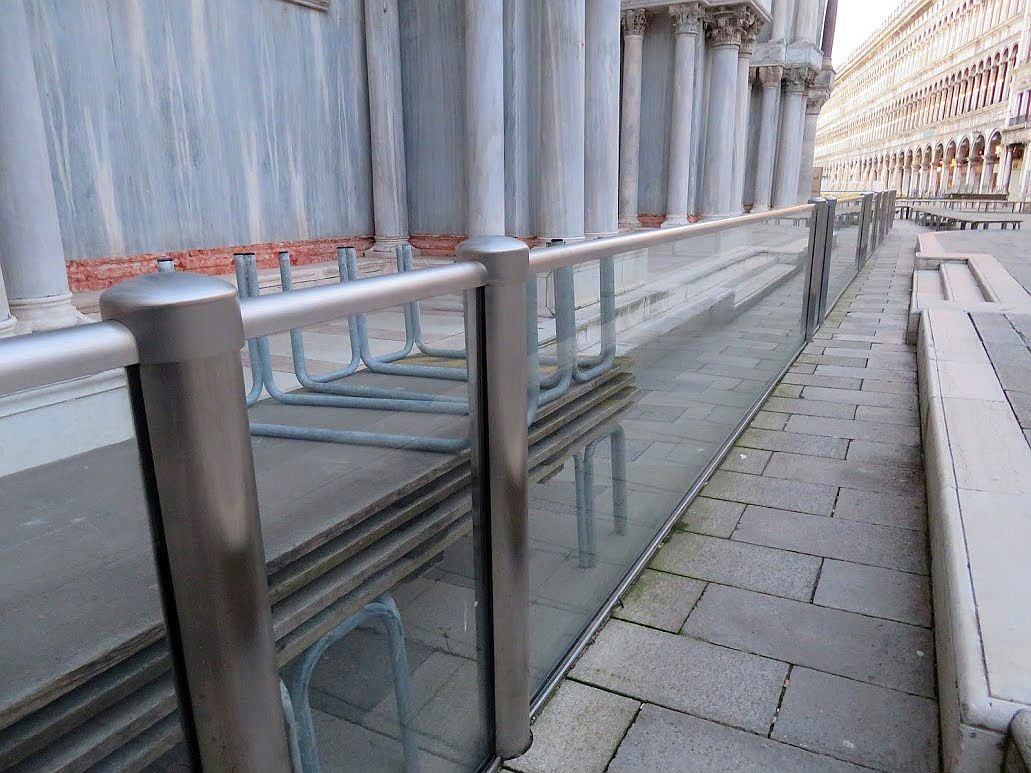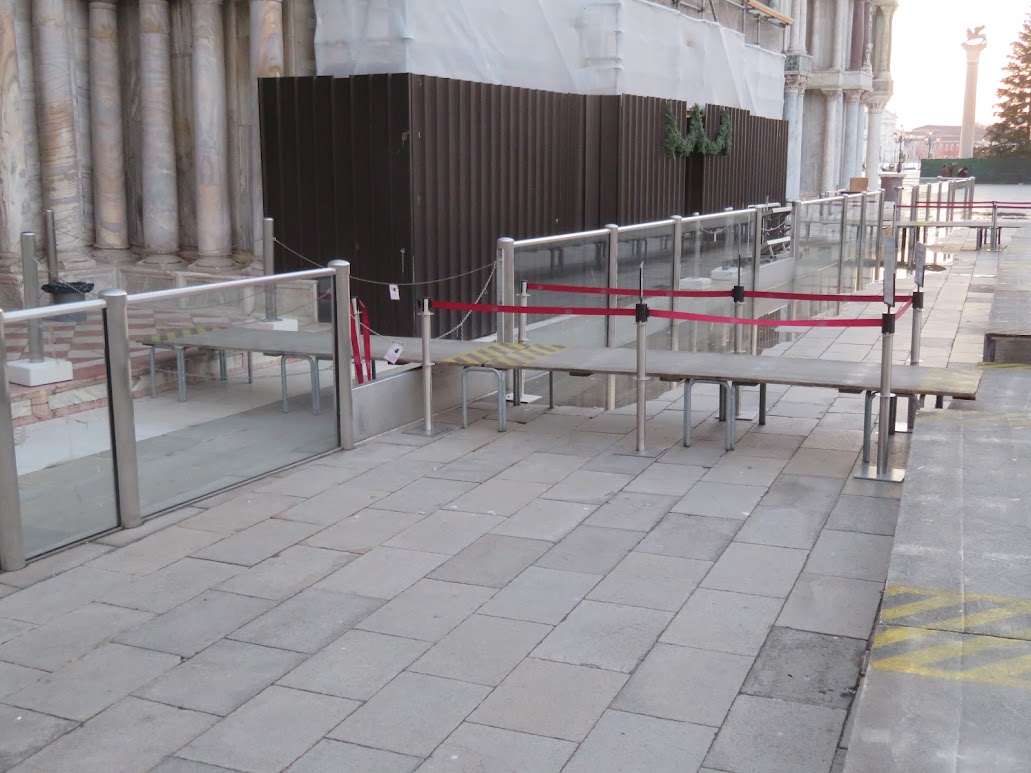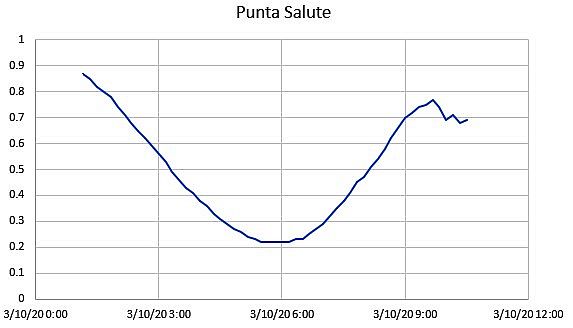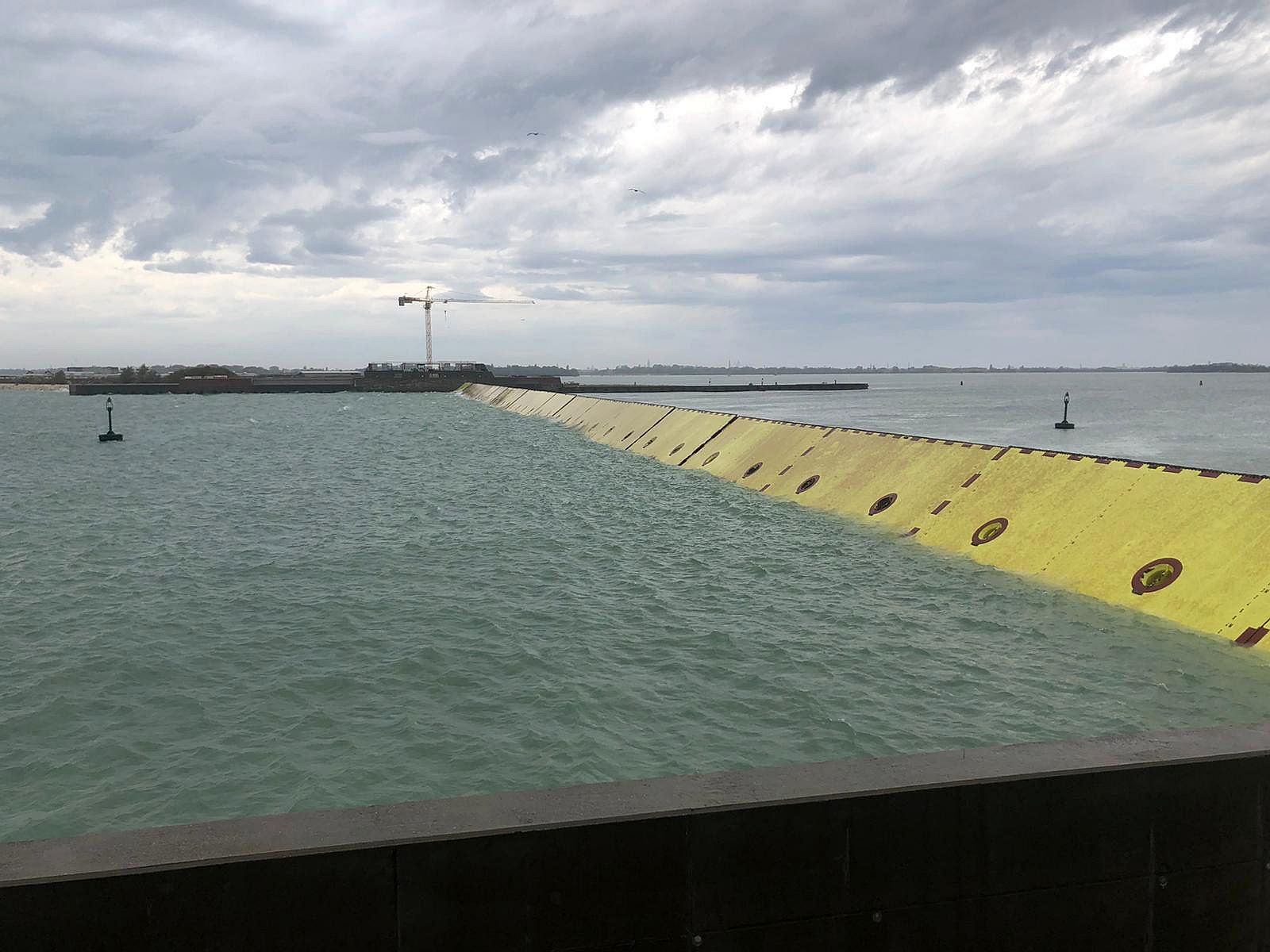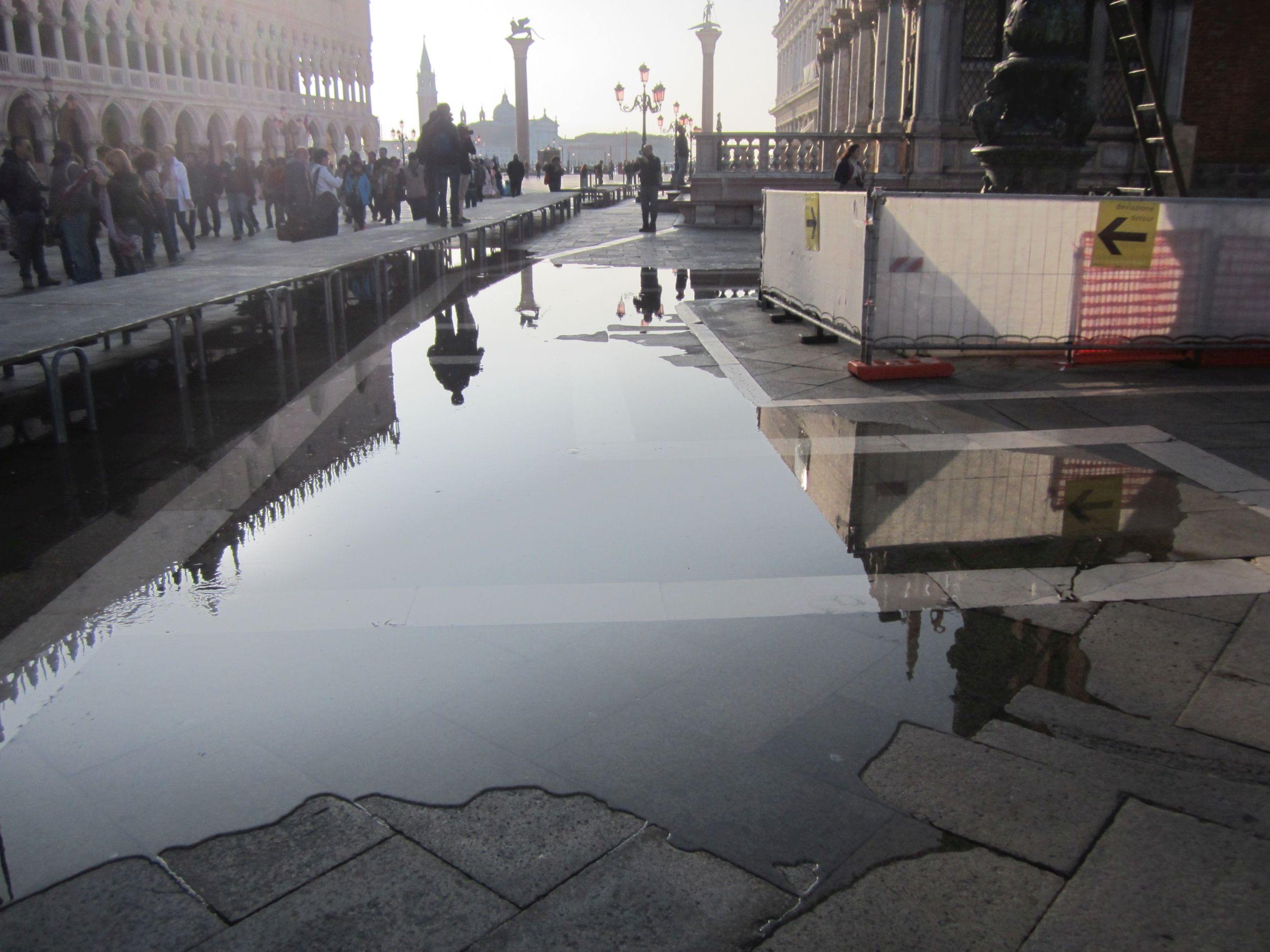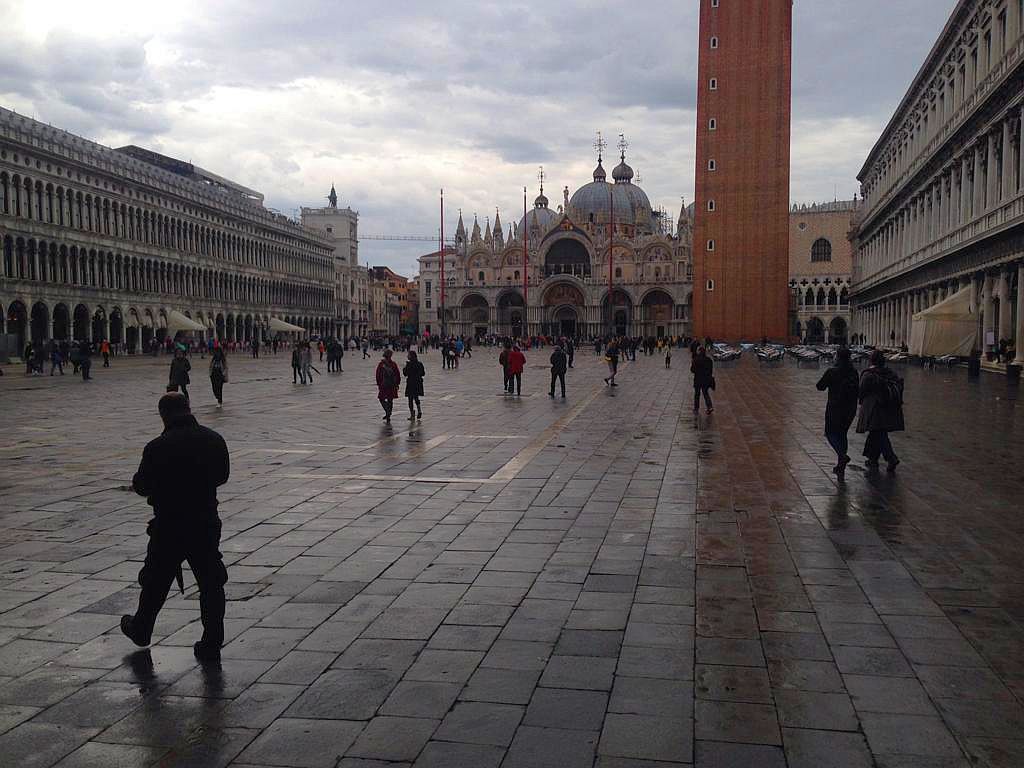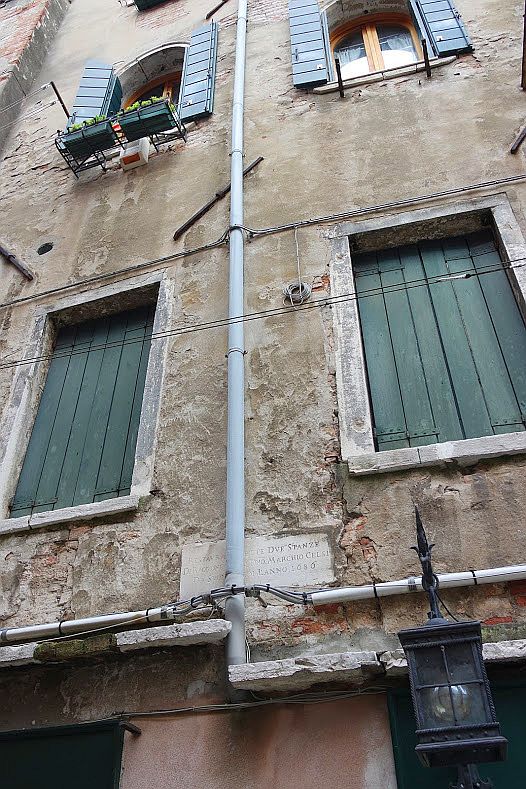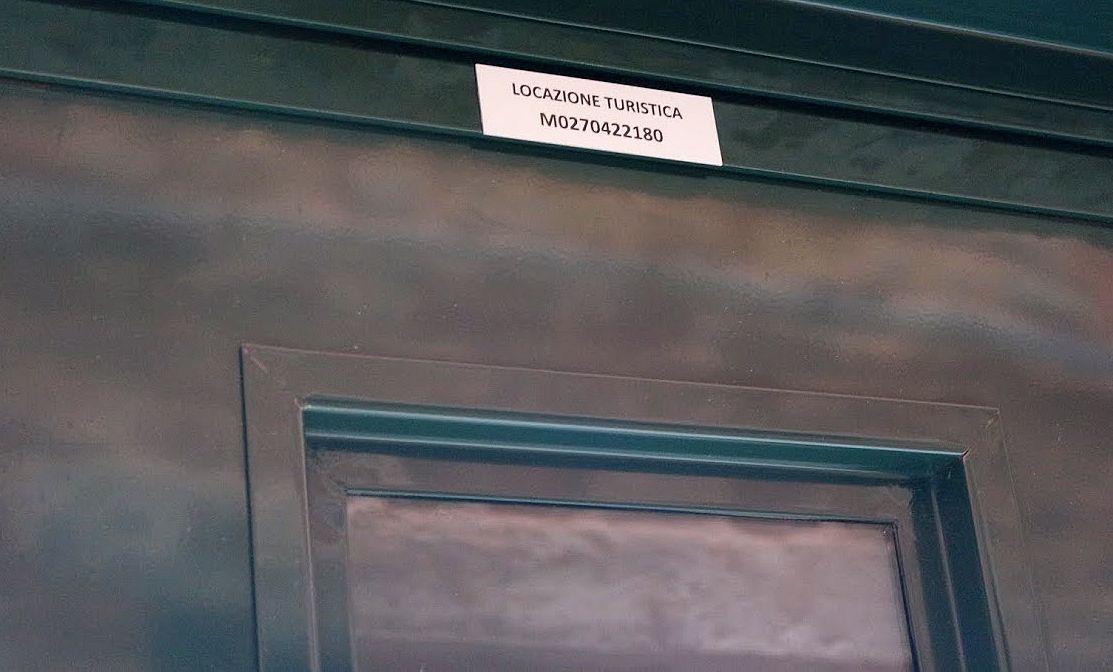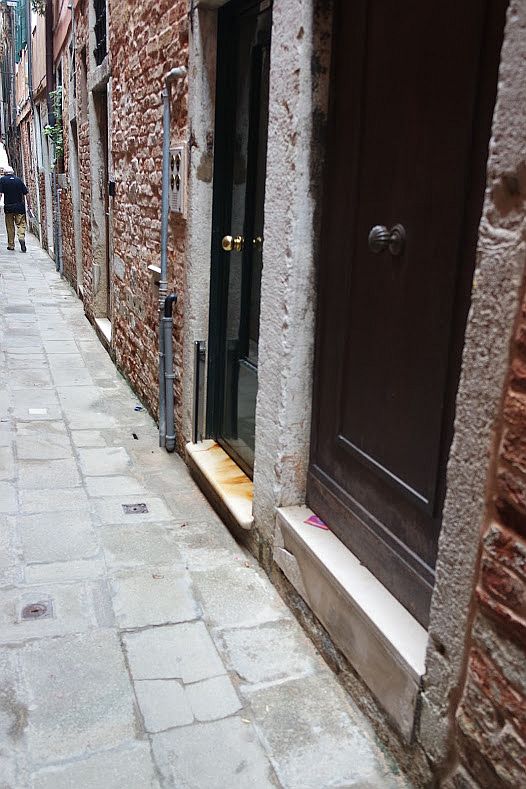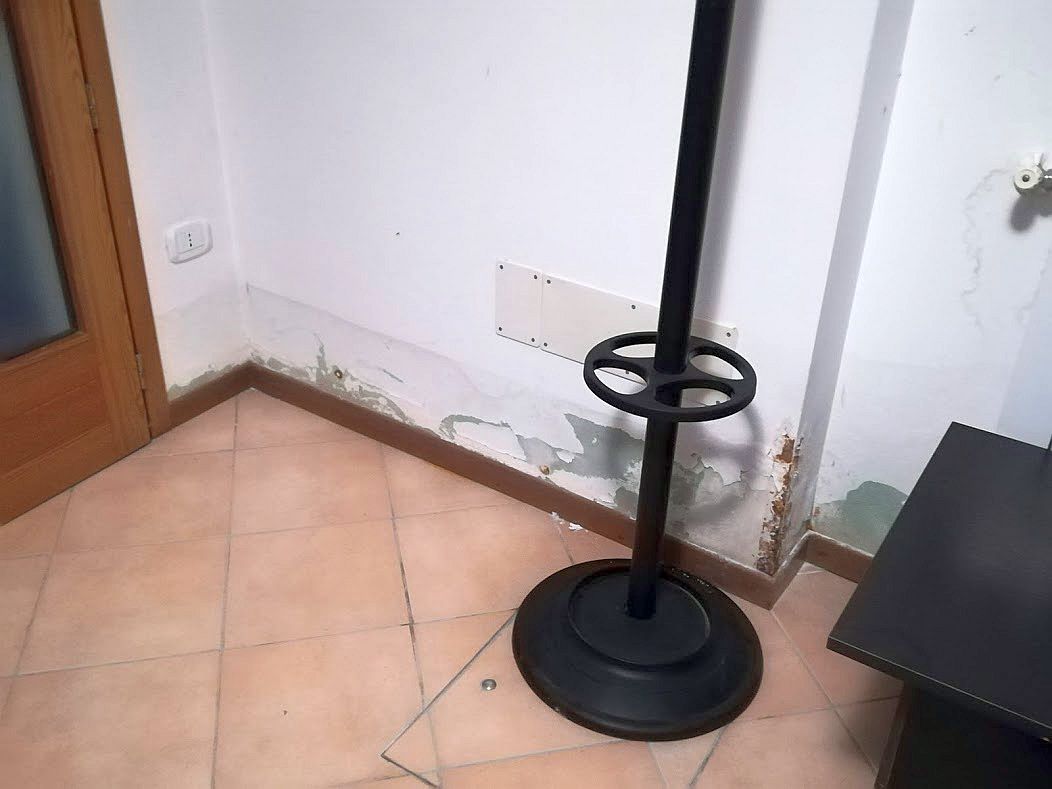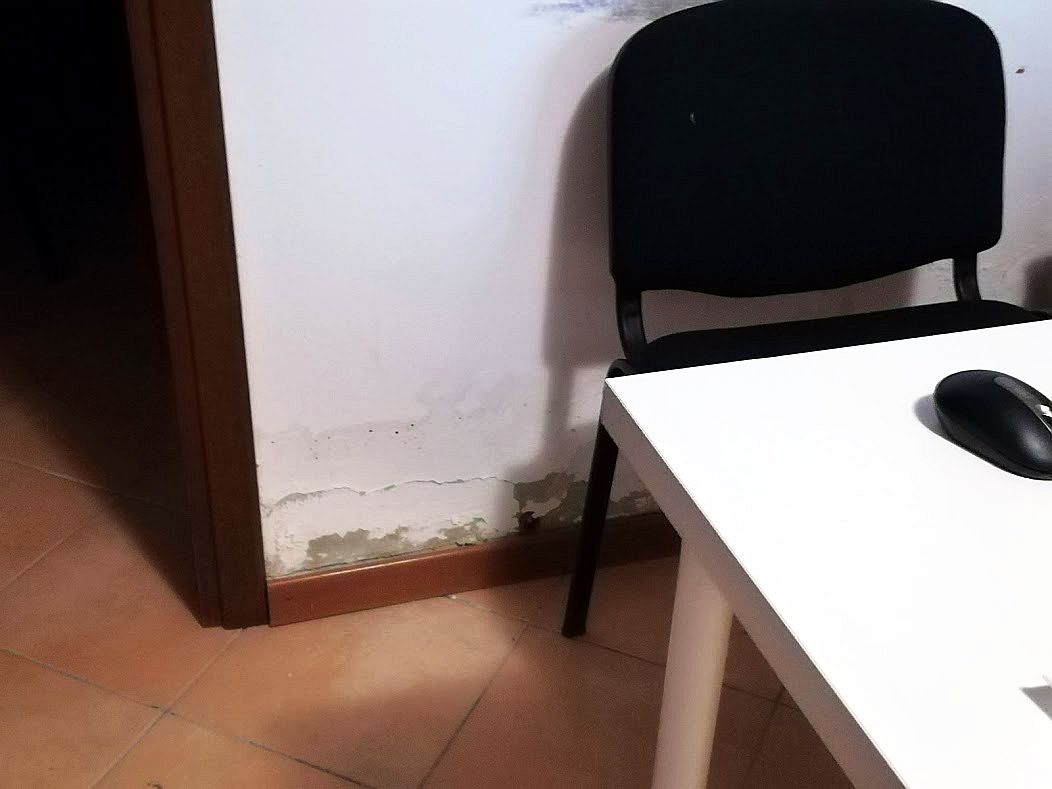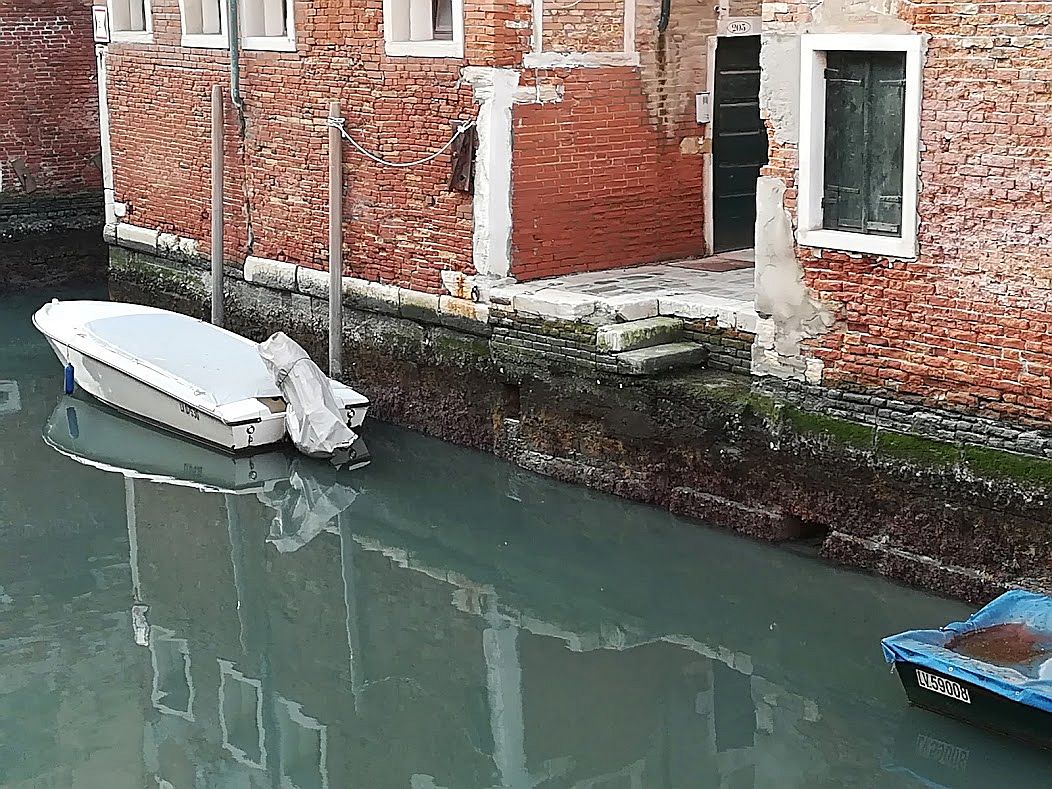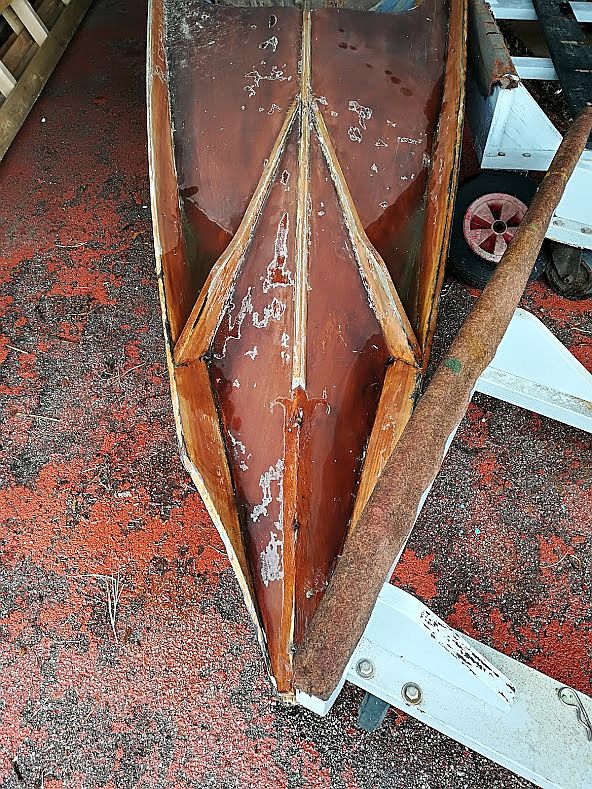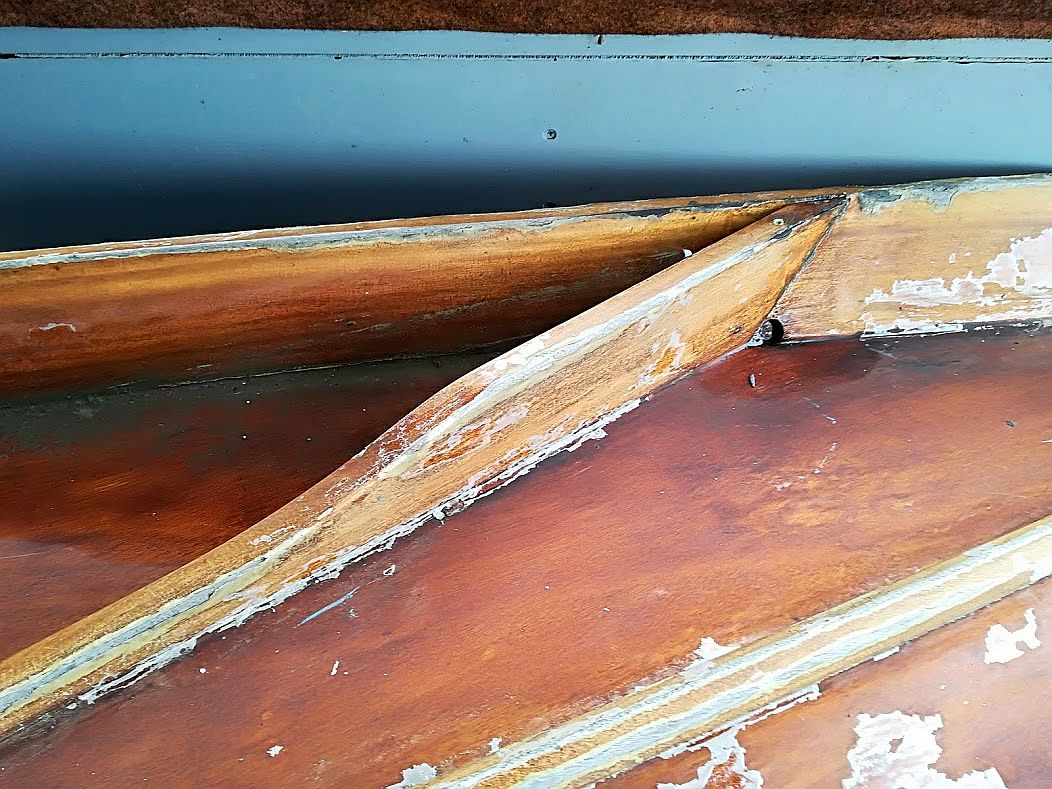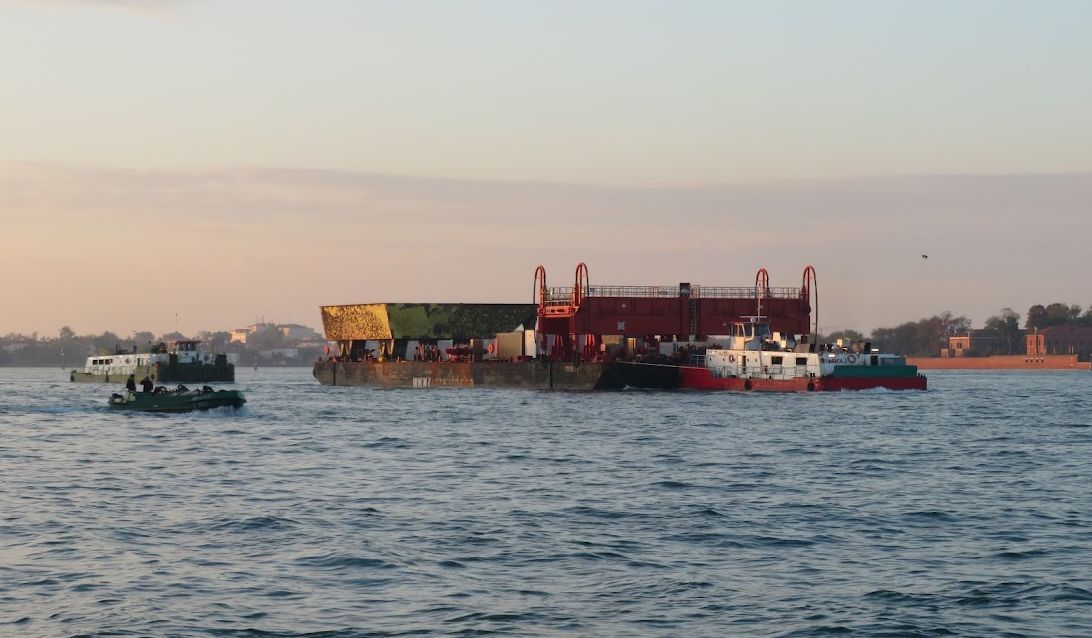
As you may recall, they are fixed to the lagoon bottom and raised when needed — “needed” being a word now open to unexpectedly large definition.
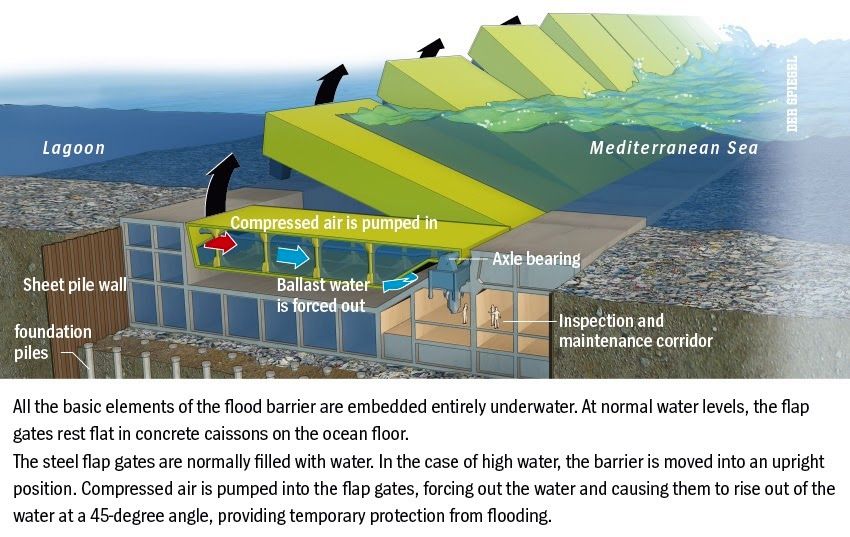

The MOSE floodgate barriers were raised for the first time on October 3, 2020, to great amazement and jubilation, and have been raised 60 times in the following three years for a total cost of 10 million euros. (That’s what it cost to raise them, not to build them.)
Expensive? Not really, when we now read that cleaning and maintaining them (a process that began last year) is estimated to cost 63 million euros per year. What? It turns out that this is the sum allocated per year for cleaning; if each gate costs one million to clean, and let’s say optimistically that three could be cleaned per year, it’s unlikely those funds will be exhausted any time soon. Unless other problems were to present themselves, of course, which could totally happen.


MOSE figures always sound extreme. All these millions of digits fall from myriad bank accounts like cosmic pixie dust on poor old spavined, rumpsprung Venice and its spavined ledgers and reports and endless requests for yet more money.



But back to the repairs. The caissons languished underwater for 11 years, accumulating crud, until July 5, 2023, when the first of the 78 caissons was taken to the shipyard of Fincantieri in Marghera for spiffing and fixing. So far, though, only three have been cleaned. The work can be done only in the summer because that’s when high water is usually doesn’t occur. At this rate the last gate will go through the process in 2050. Time to start over.
As for cost, Fincantieri has estimated that cleaning and repair will cost more than twice what it cost to build them. Awkward. And of course that number will change, by which I mean increase.
But money well spent, yes? In the three years since the inaugural gate-raising, the barriers have been raised 60 times, for a cost of 10 million euros ($10,850,875). All those digits! Pixie dust!
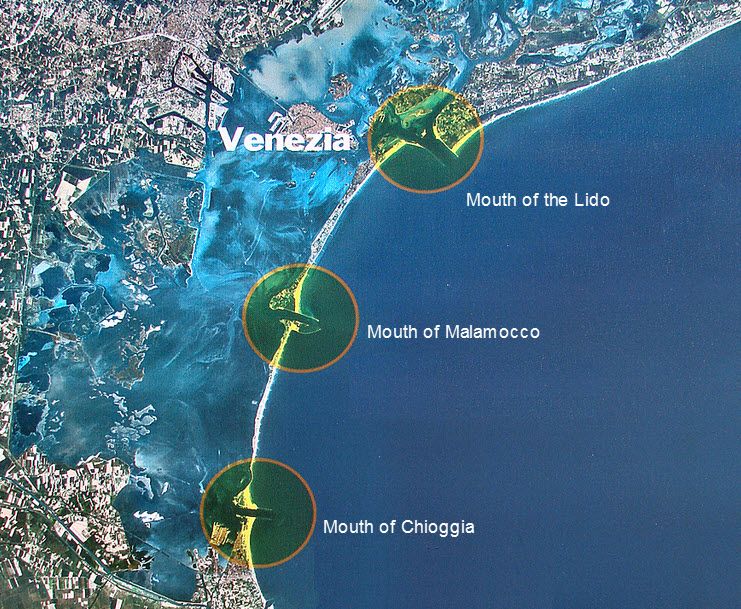
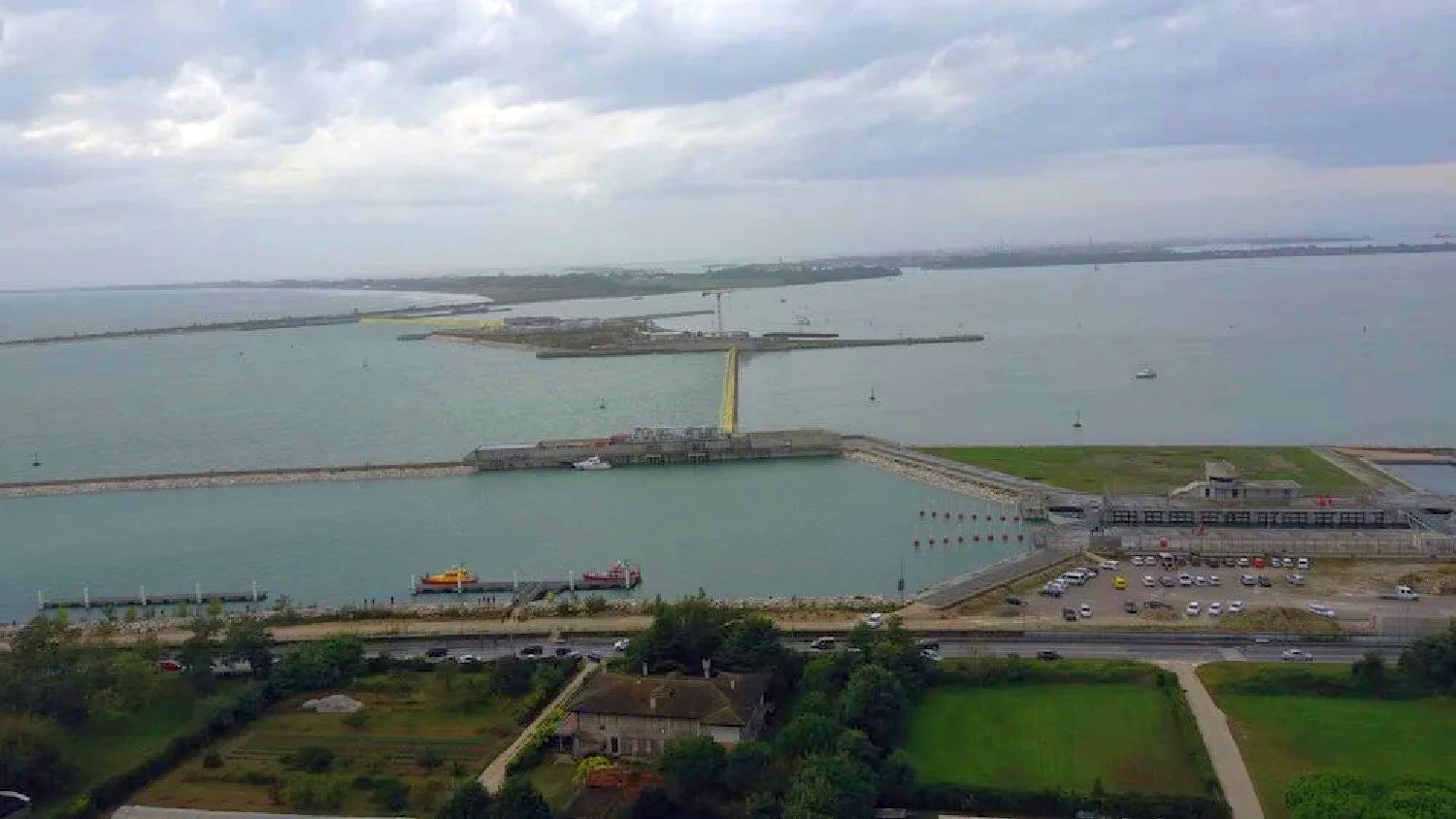
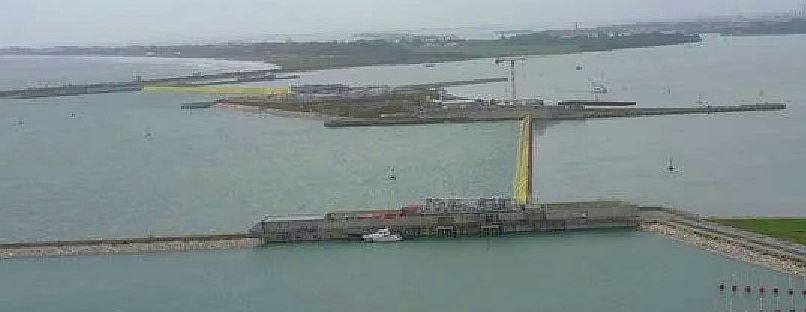
A recent inspection — the Gazzettino reports — revealed that the condition of the 20 caissons at Treporti is “good.” But inspection has yet to take place on the 21 at San Nicolo’, the 19 at Malamocco, and the 18 at Chioggia. No telling when those inspections will be made, and there’s even less telling as to when action will be taken on whatever is found.
The simoom of pixie dust from the Accounts Payable department also blows from the zone of the jack-up. This is the rig that was built to raise and transport each caisson to the repair shop and back. It cost 53,000,000 euros ($57,000,000). But after years of construction and repairs and what-not, in 2014 it was discovered that the jack-up wasn’t yet ready for work, and it still isn’t, ten years later.
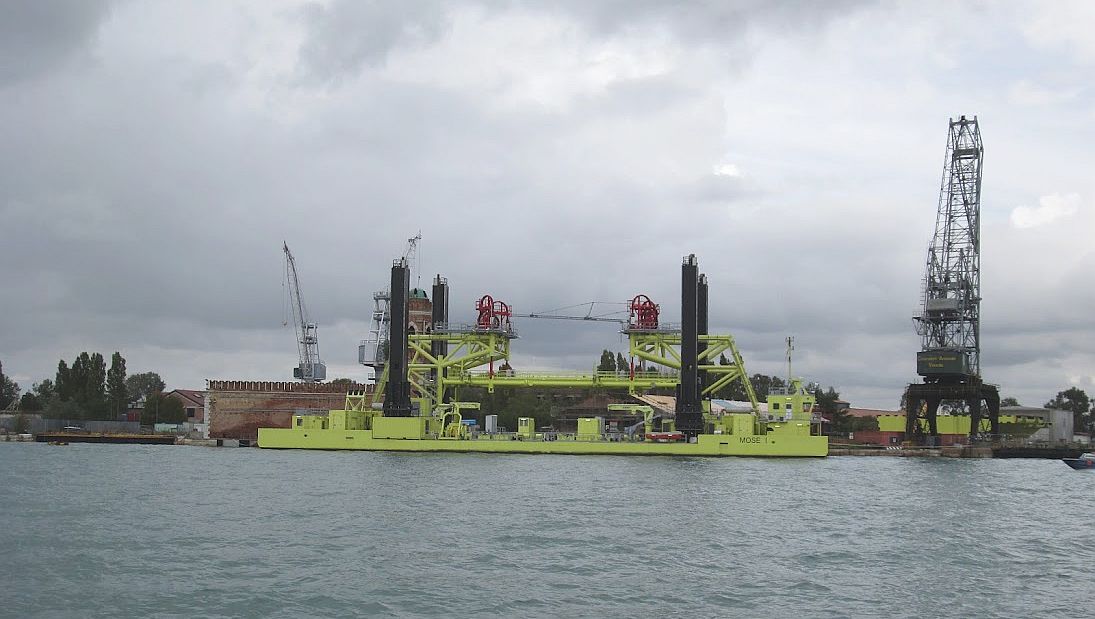
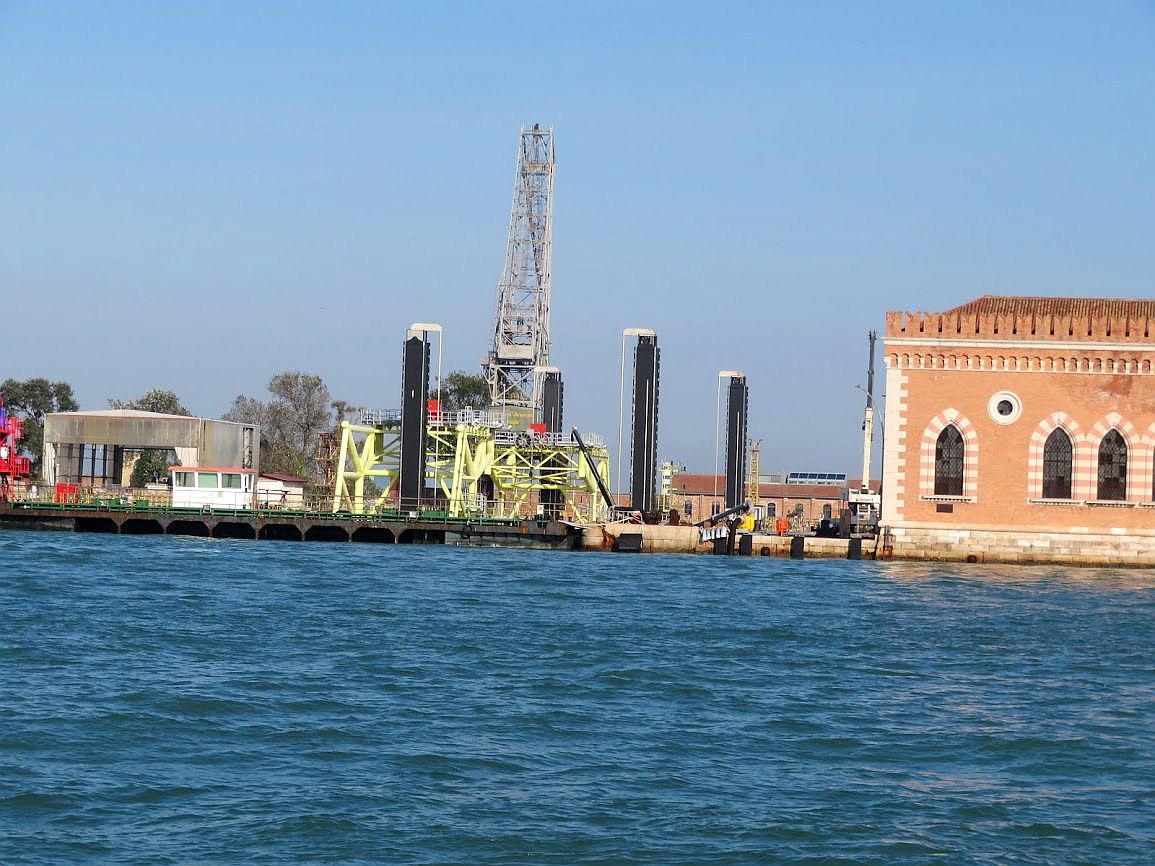
But not to worry, there is the “Cavaletta” from the Fagioli company that does the same job as the jack-up and costs less. Wait, what?

When MOSE finally got to work in 2020, the authorities stated that it would be raised when the tide was forecast to reach 140 cm above mean sea level, a category listed as “exceptional” acqua alta. But after the first few times the gates went up and the water in the canals did not even reach the streets, I could sense what was going to happen. And it did.
Nobody wanted water underfoot anymore. So we heard that the gates would be raised when the forecast was for 130 cm maximum height of tide. Then when it was for 120 cm. It has just been lowered yet again to 110 cm. It’s like an auction in reverse — the prize goes to the lowest bidder.
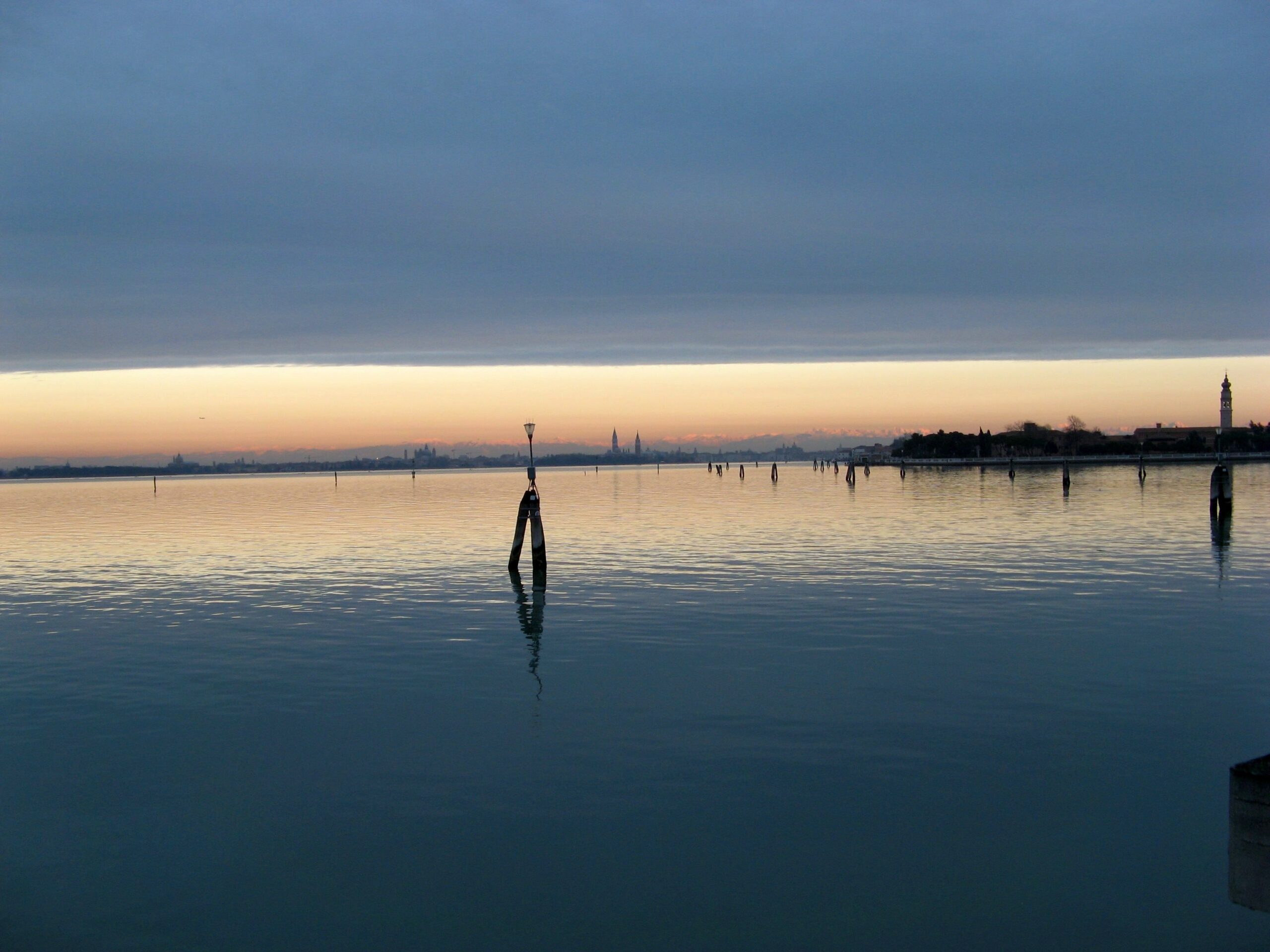
But doubts have always been raised, and they continue to be raised, concerning the system’s short- and long-term prospects, the effect on the lagoon, costs (of course), and also how inconveniently illegal these recent gate-raisings at lower tide levels actually are.
To summarize and give some perspective is a letter (translated by me) written on October 10, 2024 by Andreina Zitelli and re-published on ytali.it. I’m leaving the link in case you were to be interested in reading other articles/opinions by her, though they’re mostly in Italian.
“MOSE inadeguato. Come volevasi dimostrare” (MOSE inadequate. As one wanted to demonstrate)
Dear Director,
It emerges clearly from the last meeting of those responsible for its management that the Experimental Electromechanical Module (Mo.S.E.) — not by chance that the opinion of the national Environmental Impact Statement of 1998 was and remains negative — is not the system that can provide for the safeguarding of Venice. Mo.S.E. was designed to block the “exceptional high waters,” not to regulate the lower and medium high tides that progressively invade the urban areas of the islands.
The conflict between the Port and the City was also one of the critical elements at the base of the negative opinion, a conflict, for that matter, stressed also by international experts. Finally, from the environmental point of view the frequent closures are in conflict with the needs of the exchange between the sea and the lagoon. The conflict between Port, City and Lagoon can’t be resolved with Mo.S.E.

As part of the Evaluation Group that expressed the negative opinion of the national Environmental Impact Statement on the Mo.S.E. project, I feel obliged to remind those who today are concerned to safeguard Venice from the high water at or below 100 cm that:
- MoS.E. isn’t the system to defend Venice from medium-low and medium-high water;
- the height of 110 cm — established by the decisions taken in the political quarters — cannot be regulated by the closing of Mo.S.E. (it was one of the principal reasons for the negative opinion) for the fact that the variability of the phenomenon and the problems of the forecasts cause operative uncertainty;
- The model forecast of the 110 cm height falls within a reliable interval of +/- 20 cm from the tide forecast. To shorten the time for deciding (whether to raise the gates or not, N.B.) causes false alarms and leads to discretionary operative decisions, if not even to false closures;
- For these reasons it is even more unacceptable to maneuver the Mo.S.E. at tide heights even lower than 110 cm;
- The height of 110 cm — as the Opinion put forward — entails such uncertainties as to render useless and damaging for more functional, environnmental and economic aspects, entrust to Mo.S.E. the defense of the City from the medium tides;
- the increase in the cases of high water, connected to more frequent tides of low-medium size, aggravates the incompatibility of Mo.S.E. toward the urban, port and environmental object of Safeguarding.
-
The lagoon is just as complicated as Venice is. Just a thought to ponder.
There is also an aspect that’s hardly secondary to consider.
The quota of 110 cm isn’t part of — as comprehensible also just by common sense beyond the conclusions of the study of the series of the phenomenon — the category “exceptional high water” referred to by the Law 798/84….
The closings of Mo.S.E. that are not aimed at regulating exceptional high water are to be considered against the letter of the law.
Of the discretional use of Mo.S.E. beyond the purpose established by the Law 798/84 the Public Prosecutor of the Financial Court should intervene for the accounting aspects of the extra costs that are certainly not attributable to harmful situations for which is would be possible to make an exception.
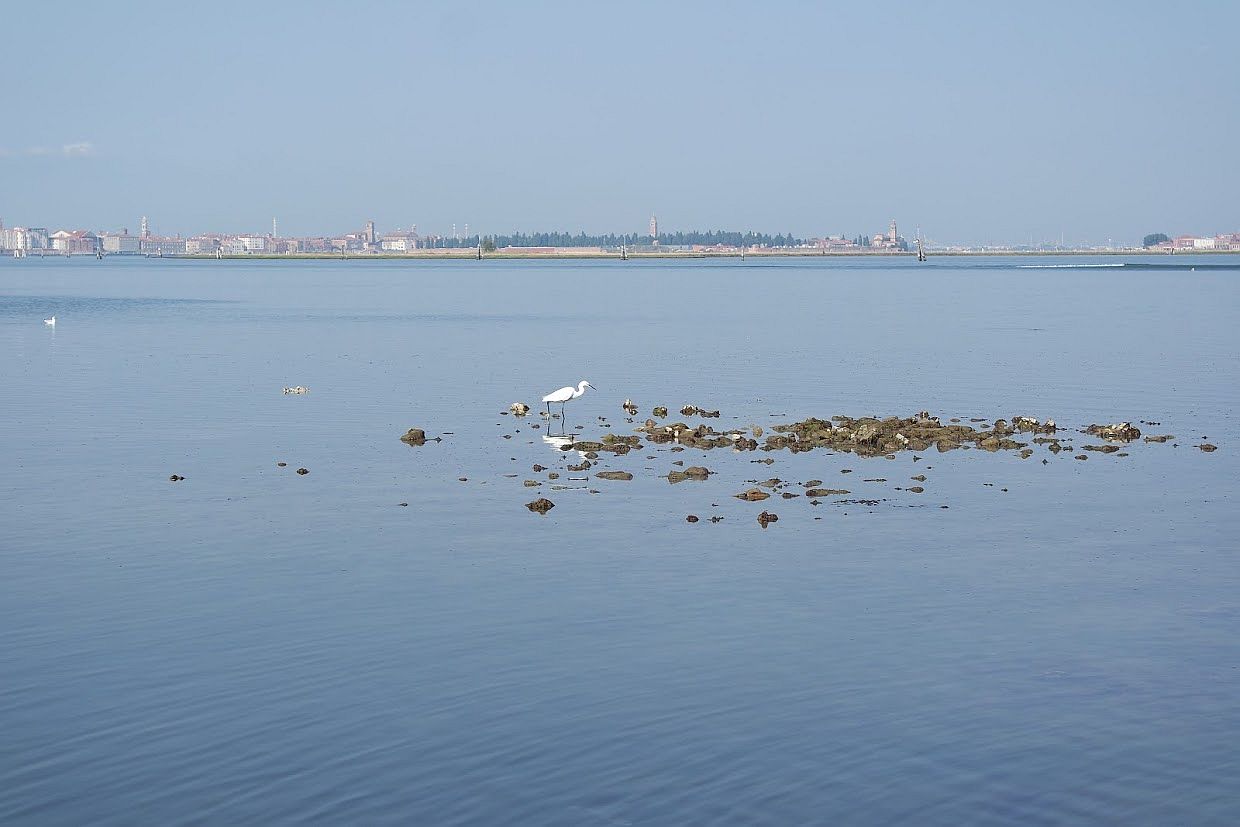
Further, it should be remembered that Mo.S.E. has not yet demonstrated the capacity to keep up with a real and serious exceptional high tide that could have a catastrophic result, a result that can’t be excluded.
It also remains to consider the difficulty of assuming the decision of closure in the face of extreme weather and tide conditions in the absence of procedures that define the operational limits of the maneuverability and closing of the gates of Mo.S.E. in extreme conditions.
Who will take the responsibility of closing in the absence of a defined procedure?
Other and wider actions and interventions at the territorial level were planned, beginning with the reduction of the depth of the maritime canals and the “mouths of the port,” to realize diffuse urban defenses (as proposed then by Venetian engineers and architects) to join numerous experiments of raising the ground, to regulate the water coming from floods on the mainland.” That is, as everyone knows, many other solutions were proposed to defend the city from acqua alta, but MOSE steamrolled them all.
I could go on, but that’s enough. So let’s conclude that MOSE needs to be cleaned and maintained, nobody can be sure it’s going to keep working if it continues to be raised far more often than predicted, and it will cost craptons of money forever.
